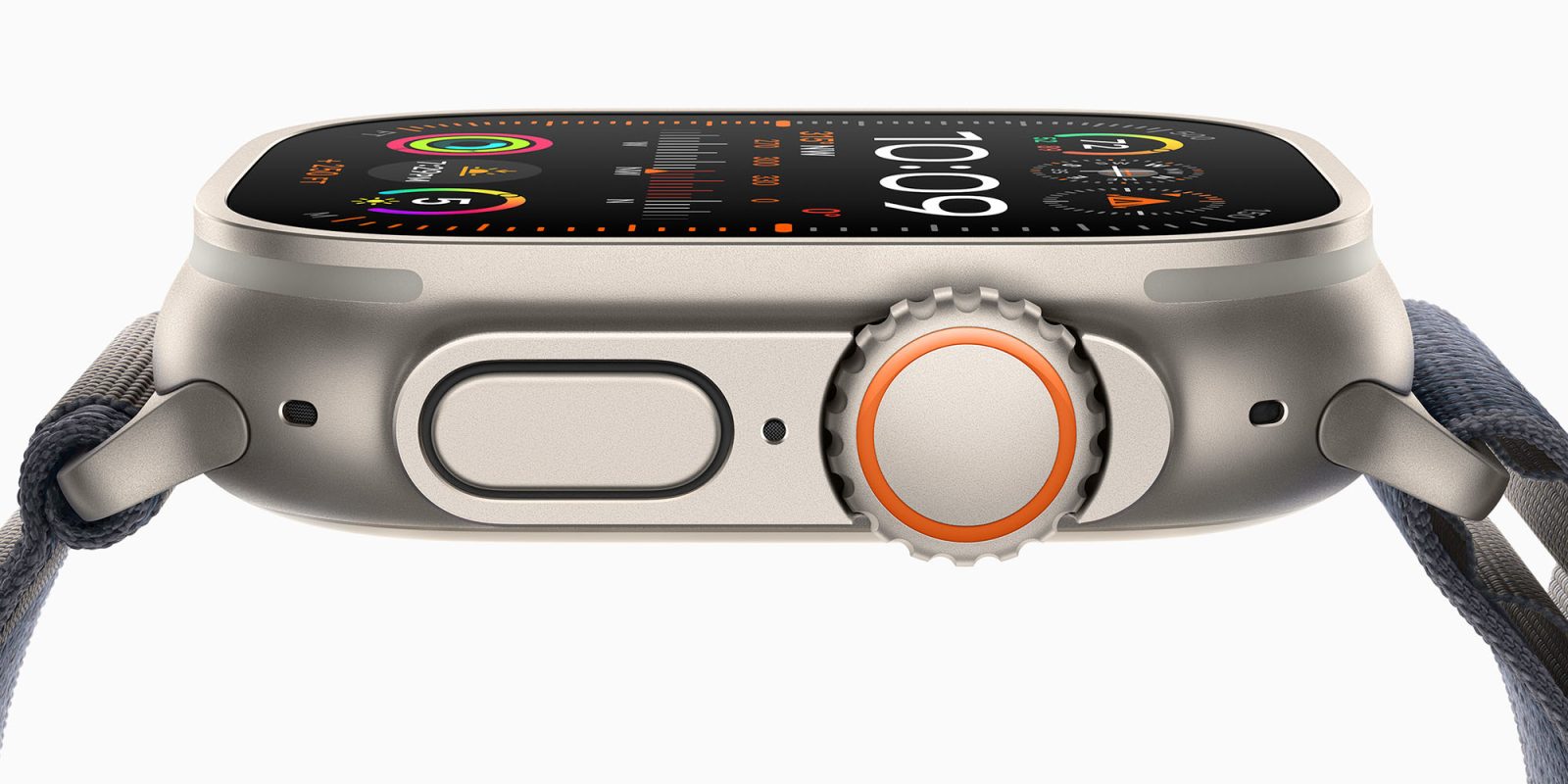
We yesterday revealed the shock news that 2023 Apple Watch models would be withdrawn from sale before the holidays, following an earlier ruling that the devices infringe on patents held by health tech company Masimo.
However, just because Apple has announced this intention, that doesn’t mean it will necessarily happen. There are four potential get-out clauses for the company …
What is this all about?
This story begins a full ten years ago.
Back in 2013, Apple reportedly contacted Masimo to discuss a potential collaboration between the two companies. Instead, claims Masimo, Apple used the meetings to identify staff it wanted to poach. Masimo later called the meetings a “targeted effort to obtain information and expertise.”
Apple did indeed hire a number of Masimo staff, including the company’s chief medical officer, ahead of the launch of the Apple Watch.
Masimo CEO Joe Kiano later expressed concern that Apple may have been trying to steal the company’s blood oxygen sensor technology. The company describes itself as “the inventors of modern pulse oximeters,” and its tech is used in many hospitals.
In 2020, the company sued Apple for stealing trade secrets and infringing 10 Masimo patents. The lawsuit asked for an injunction on the sale of the Apple Watch. That court ruled against Apple on one of the claims.
The International Trade Commission (ITC) subsequently upheld this ruling, which imposed a ban on the import and sale of Apple Watches. That ban is set to take effect on December 25.
Apple has consistently denied the claims, and recently hit back with a counterclaim of its own, alleging that Masimo’s own W1 Advanced Health Tracking Watch infringes multiple Apple patents.
2023 Apple Watch models to be withdrawn from sale
However, the company yesterday told us that it plans to withdraw the latest Apple Watch models from sale.
In a statement to 9to5Mac, Apple has announced that it will soon halt sales of its flagship Apple Watch models in the United States.
The Apple Watch Series 9 and Apple Watch Ultra 2 will no longer be available to purchase from Apple starting later this week.
While third-party companies can continue to sell the devices, Apple is banned from importing them into the US, so existing supplies would quickly dry up.
But there are four potential get-out clauses
Presidential veto
First, as Apple itself noted, the reason for the 60-day delay before the ban took effect was to allow for a Presidential Review. Essentially, the ITC makes a provisional ruling, but the US President has the power to overturn it.
There is precedent for this. Back in 2013, then-president Obama overturned an ITC import ban on the iPhone 4 and 3G iPad 2, after it was ruled that Apple infringed a Samsung patent.
So far, there has been no presidential veto in this case – but Apple’s announcement was clearly intended to put pressure on Biden to issue one. Leaving the announcement until so close to the deadline made it bigger headline news that it would have been at the time, creating a real sense of urgency.
A software workaround
Bloomberg yesterday reported that Apple is working on a potential software workaround – changing the way that it takes blood oxygen readings, in order to circumvent Masimo’s patent.
Apple engineers are “racing to make changes to algorithms on the device that measure a user’s blood oxygen level.” Apple’s hope is that it can change how the Apple Watch “determines oxygen saturation and presents the data to customers.” The report continues: “It’s a high-stakes engineering effort unlike any Apple has undertaken before.”
Given that the patent concerned is the ability to read blood oxygen levels using reflected readings, rather than the through-the-skin method used by previous pulse oximeters, it’s hard to see how a software upgrade could bring the company into compliance.
However, these things do often hinge on quite fine details, so it’s not completely impossible that Apple can find a weakness in the wording of the patent which it can exploit, where making a slight tweak to the code would technically no longer infringe the patent.
Switching off the blood oxygen feature
The third possibility is Apple could issue a firmware update which simply switches off the blood oxygen measurement feature. This would then mean the devices no longer infringe Masimo’s patent.
That, of course, opens up a whole other set of problems. One, customers who rely on the feature may simply decline to update their devices. Two, it would be guaranteed to result in a class action lawsuit from customers upset that Apple has charged them for a feature it no longer offers.
But that would still seem a better option than simply withdrawing the devices from US sale.
Buying a patent licence from Masimo
I’m frankly surprised Apple hasn’t done this already. As soon as the ban was announced, the company had a good two months to negotiate a deal.
Why hasn’t this happened? My bet is Apple is playing high-stakes poker. It wasn’t able to negotiate a deal it liked, so decided to put its hopes in a presidential veto. When that didn’t appear to be happening, the company opted to put pressure on Biden to issue a last-minute one.
But it seems a safe bet that negotiations were held, and that Masimo has given Apple a number it will accept to make the problem go away. If all else fails, Apple can still cut that check.
What’s your bet?
I think there’s a decent chance of a last-minute presidential veto. There is precedent, as I noted, and it would be a popular move. If not, there are three other ways to solve the problem, and my bet is that Apple will use one of them.
What’s your view? Please take our poll, and share your thoughts in the comments.
Photo: Apple
FTC: We use income earning auto affiliate links. More.




